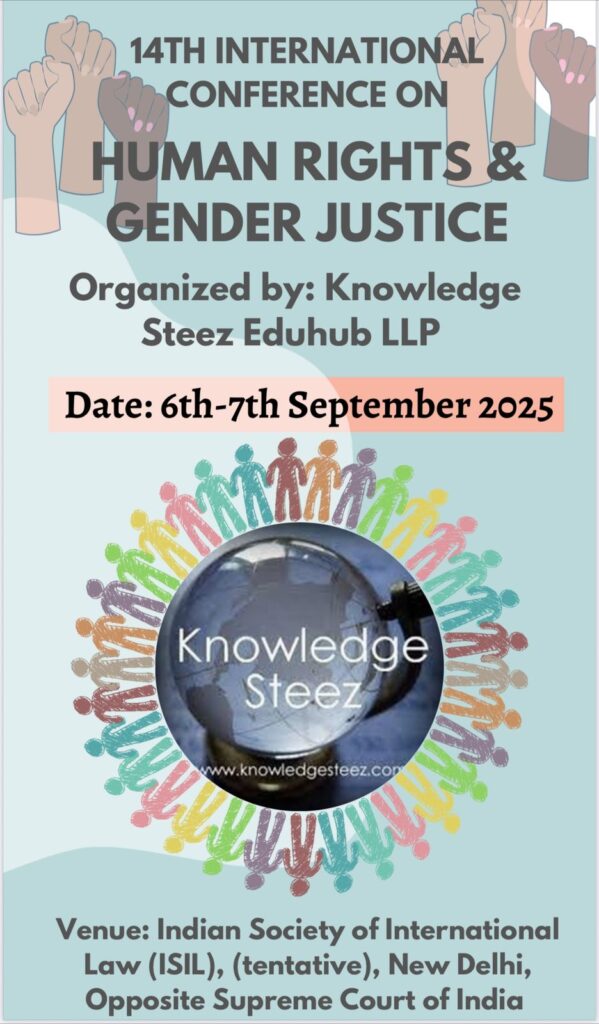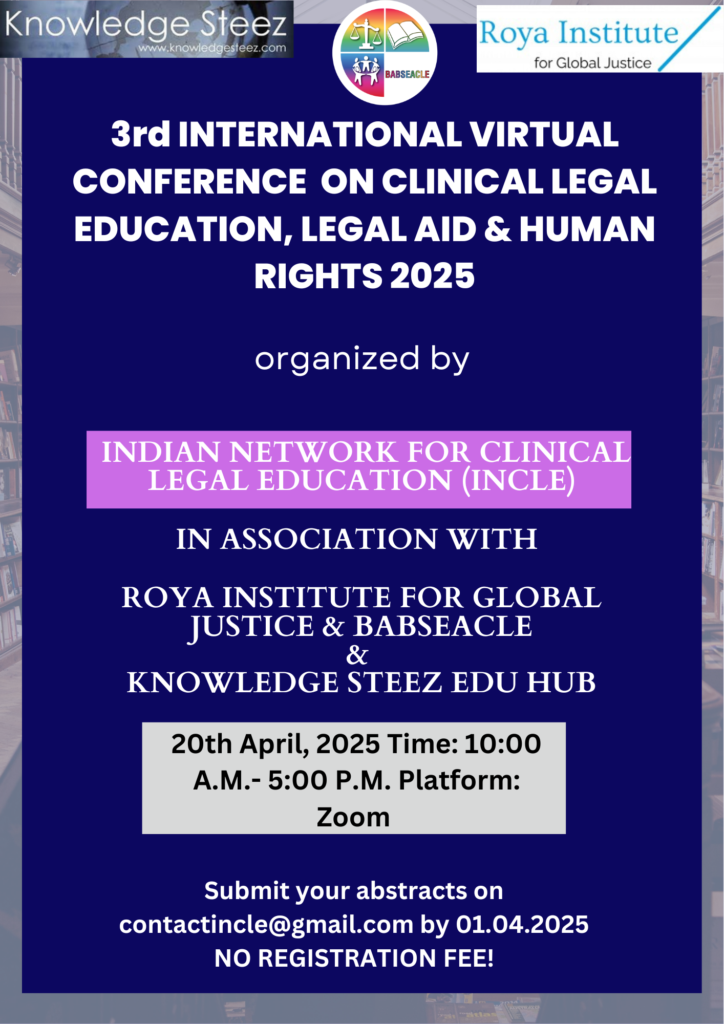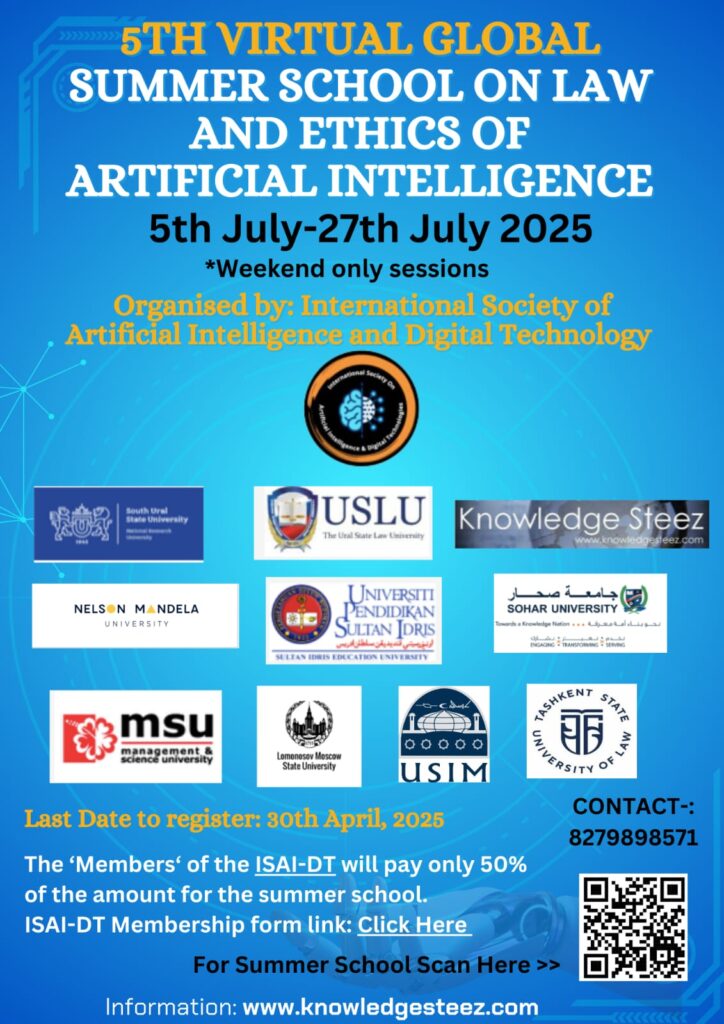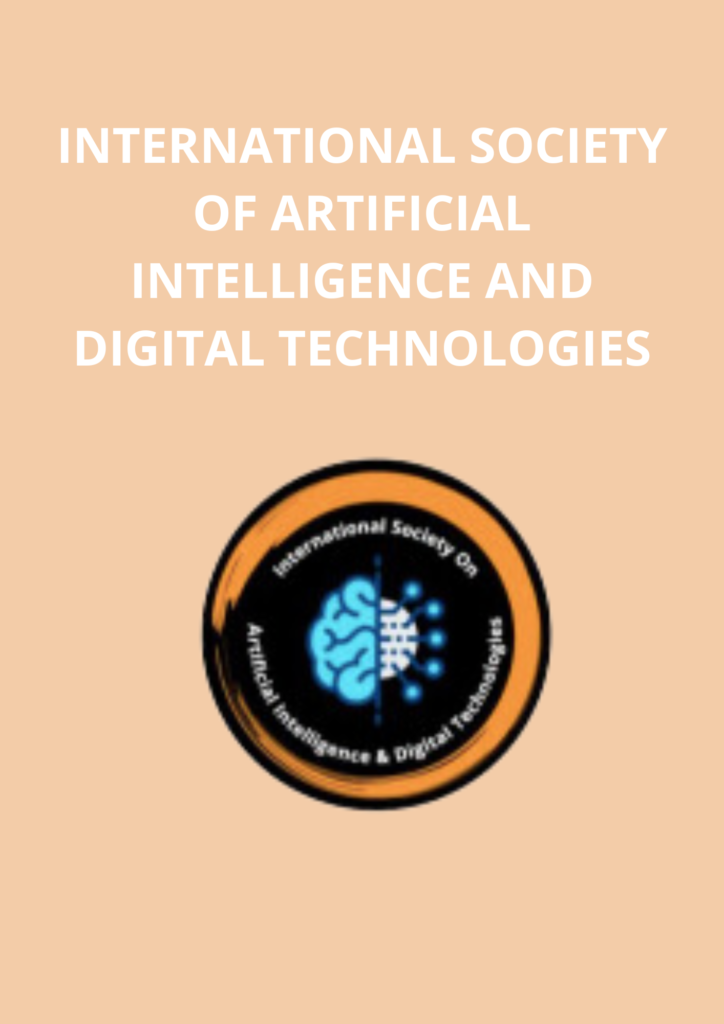Youth in action: protest, activism and advocacy
This Collection supports and amplifies research related to SDG 16 – Peace, Justice and Strong Institutions.
Mass mobilization by young people to consciously organize communities for resistance or change (political, social, cultural) are a prominent feature of society. Youth movements manifest in a variety of forms, including student rebellions, nationalist and political movements, religious reforms, and cultural innovations. Typically, modern youth movements focus on inter- or intra-generational conflict, stemming from dissatisfaction with the status quo or tensions rooted in socio-historical conditions. New issues that confront young generations are a continual force for societal change.
Recently, youth-led activism, advocacy and protest around the world has tended to focus on climate action and resistance against authoritarian governments. Climate change movements inspired by Greta Thunberg’s first solo-protest in 2018 eventually mobilized millions of students to protest in over 100 countries around the world in 2019. In Asia, youth-led movements against authoritarian governments and the use of social media led to transnational alliances of grassroots youth movements, such as the “Milk Tea Alliance” – which brought together pro-democracy netizens from Taiwan, Thailand and Hong Kong together via sharing of internet posts, likes, and memes. Youth protested both on- and offline. In Thailand (2021), young people mobilized the biggest mass youth protest since the 1970s, campaigning for democracy and major political and economic structural reforms. Young people and students were also major participants and organizers in protests Sri Lanka (2022) and Iran (2022).
This Collection highlights youth and students in protest and activist movements of the past and present. We encourage submission that discuss use of technology in modern activism; pro-democracy movements; and transnational alliances and solidarity. However, we are open to papers about historical protests and their impact. Other topics could include:
- Motivations behind youth activism (political, environmental, economic social issues);
- Transnational and international youth-led movements
- Use of technology to diversify protest tactics and bridge on-/off-line activism, use of social media to support transnational movements – as well as how online mobilization is subject to surveillance, harassment, censorship and repression
- Trends in youth participation in activist movements; evolving protest cultures
- Cultural forms and art as resistance – online memes, music, short-videos, images
- Youth activism in the everyday and institutionalised spaces
- Suppression and repression of youth-led movements (censorship, violent authority actions, internet blackouts)
- Impact of youth-led activism on direct outcomes
- Links and connections between previous generations of youth activists and those of today
- Alignment of youth movements with others (labour unions, nationalist movements, etc),
- Youth movements that are co-opted or appropriated by businesses and political elites.
Submitting a paper for consideration
To submit your manuscript for consideration at Humanities & Social Sciences Communications as part of this Collection, please follow the steps detailed on this page. On the first page of our online submission system, please select your article type from the drop down menu. When on the “details” tab, you will be presented with the option to select which Collection your article should be submitted to. Authors should also express their interest in the Collection in their cover letter.
Accepted papers are published on a rolling basis as soon as they are ready.









